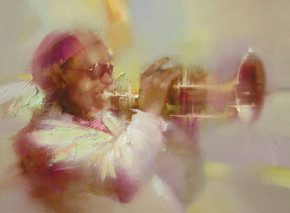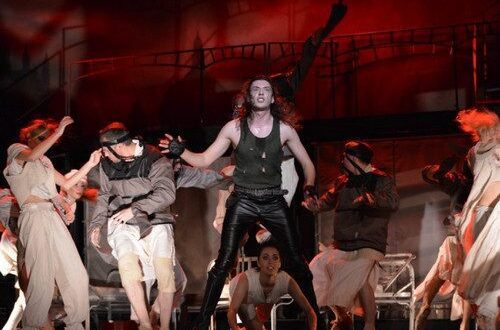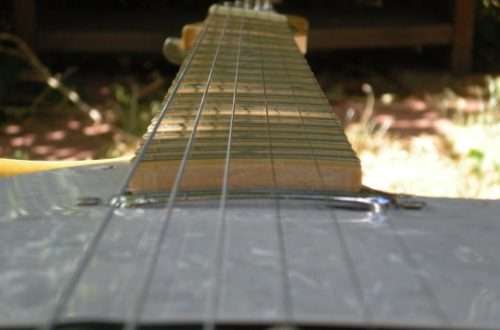
What are Brass Quintet, Dixieland and Big Band? Types of jazz ensembles
Contents
 Chances are you’ve often heard words like “Dixieland” or “brass quintet” and haven’t thought much about their meaning. These words refer to types of different jazz ensembles. Some people try to classify them using such “overseas” names, but we will try to simply explain what’s what.
Chances are you’ve often heard words like “Dixieland” or “brass quintet” and haven’t thought much about their meaning. These words refer to types of different jazz ensembles. Some people try to classify them using such “overseas” names, but we will try to simply explain what’s what.
What is a brass quintet?
The brass quintet is a group that is the basis of all the foundations in jazz. The word “breaststroke” is translated into Russian as “copper”. “Quintet” is derived from “quint” – “five”. Hence it turns out that a brass quintet is a group of performers on five brass instruments.
The most popular composition: trumpet, horn (at worst alto), baritone, trombone and tuba (or bass-baritone). A huge number of various arrangements have been written for such an ensemble, because in essence, this is a small orchestra, where the horn plays the role of a snare drum, and the tuba plays the role of a big one.
So, the repertoire of a brass quintet can be very diverse: I personally heard such a composition perform the well-known Habanera from the opera Carmen, that is, a popular classic. But, by the way, the so-called garden repertoire will also be fun to play with this composition: waltzes, romances. The performance of pop and pop-jazz works is also possible.
What kind of composition is Dixieland?
If you add a banjo and double bass to the brass quintet (a clarinet would also fit in well), you get a completely different group – Dixieland. “Dixieland” literally translates as “Dixie country” (and Dixie is the southern region of the American continent, which was once chosen by white people).
Historically, Dixieland is most often “handed over” not the jazz repertoire that is based on the traditions of Negro folklore, but European works that are distinguished by their soft sound, smoothness and melody. This is due to the fact that the Dixielands performed “white” jazz and did not take black jazzmen into their teams. The composition is focused on the performance of light, lively pop and jazz-pop music.
What can be called a big band?
If we add a large rhythmic section to Dixieland (drums and keyboard-strings), introduce a woodwind section (if this was not done in the original composition of Dixieland), and also increase the number of musicians playing related instruments in order to obtain a polyphonic sound and interweaving of parts , then you get a real big band. In English, “big band” is translated as “large group”.
In fact, the lineup is not very large (up to twenty people), but it is already considered a complete jazz group, ready to perform a wide variety of repertoire – from drill marches to such popular compositions as “IfeelGood” by James Brown or “WhataWonderfulWorld” Louis Armstrong.
So, you, dear readers, have been presented with the main types of jazz ensembles. After such total enlightenment in this little “confusion” it is permissible to relax a little. We have some good music in store for you:
Leningrad Dixieland plays “Chunga-Changa”





